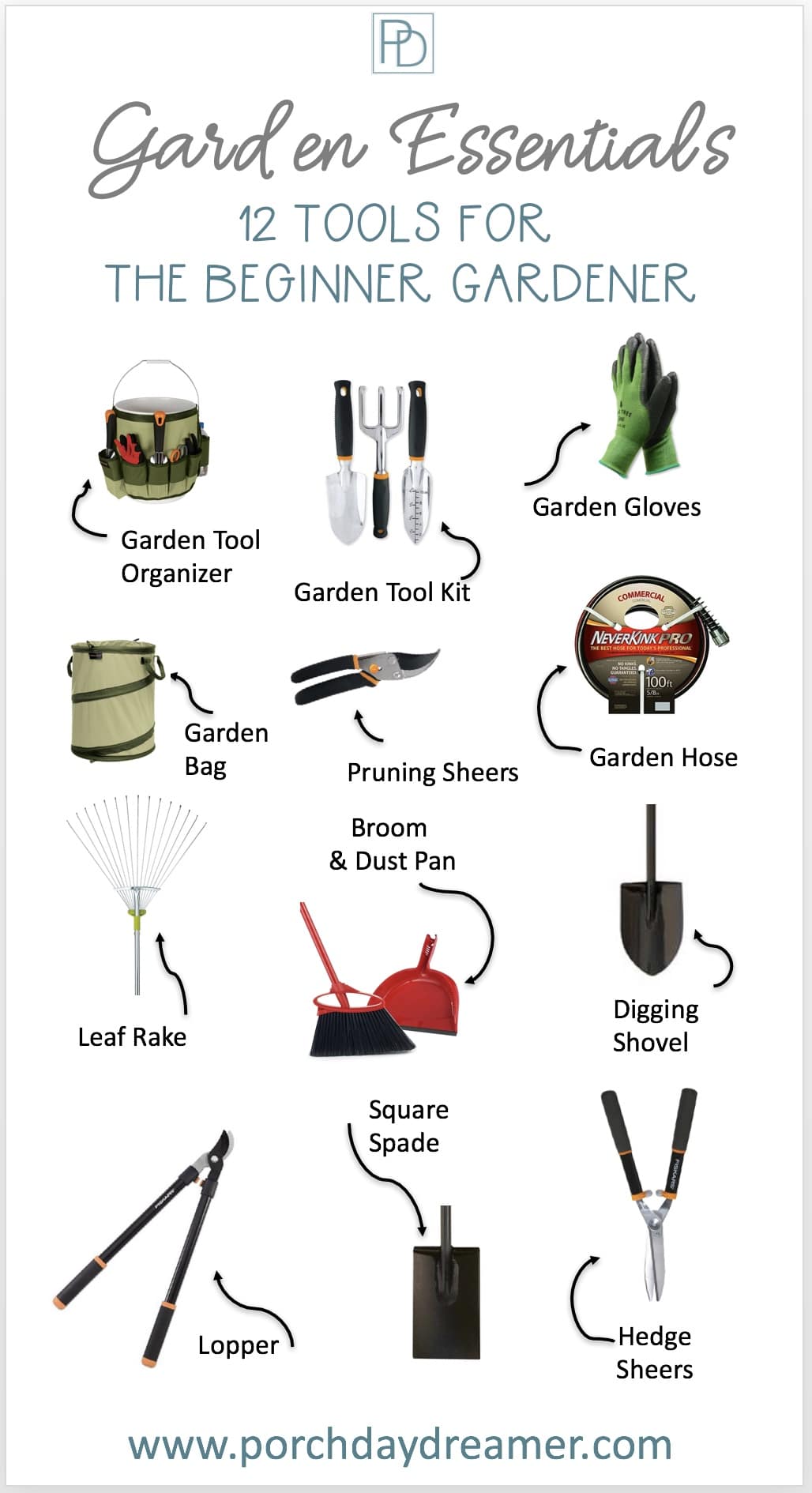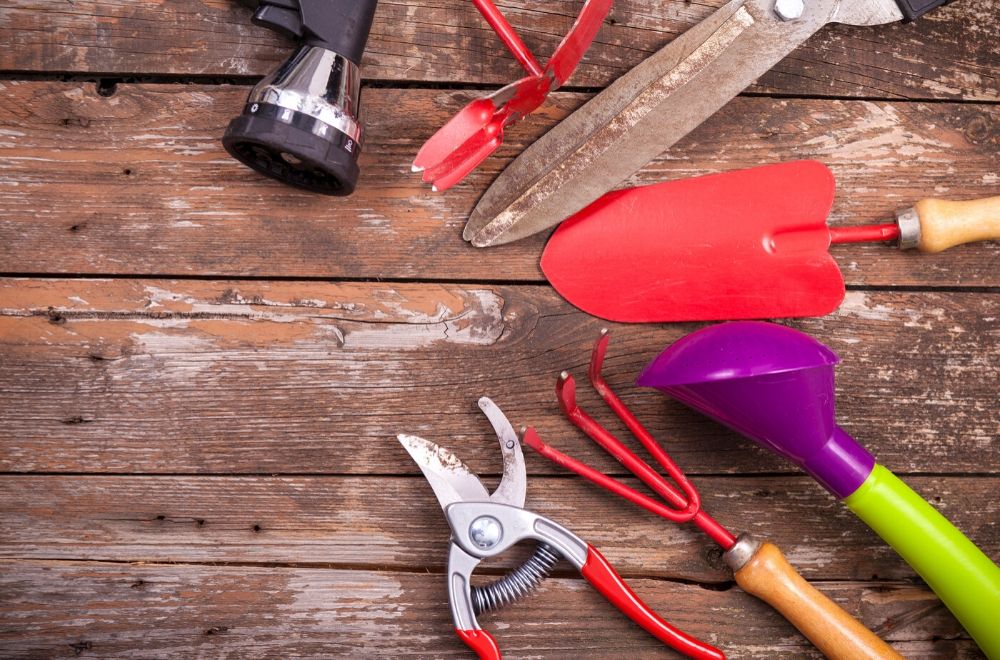Best Gardening Tools for Beginners: Essential Gear to Kickstart Your Green Thumb

Embarking on your first gardening adventure can be as thrilling as it is daunting. Imagine stepping into a lush, green world where every tool is a key to unlocking the beauty of nature. But where do you start? With the right gardening tools, even the most novice gardener can transform a patch of earth into a flourishing oasis. Let's dive into the essential garden tools every beginner should have to ensure a successful and enjoyable gardening experience.
The Essential Garden Tools for Every Beginner
1. Gloves: Your First Line of Defense
Gardening gloves are like your armor in the battle against thorns, dirt, and insects. They protect your hands from cuts, scrapes, and blisters, making your gardening experience much more pleasant. Look for gloves that are durable, breathable, and fit well. Some popular choices include Nitrile-coated gloves for their flexibility and grip, or leather gloves for heavy-duty tasks.
2. Trowel: The Ultimate Digging Companion
A trowel is a small, handheld tool used for digging, planting, and transplanting. It's the gardener's equivalent of a Swiss Army knife—versatile and indispensable. Choose a trowel with a sturdy blade and a comfortable handle. Stainless steel trowels are particularly durable and resistant to rust.
3. Pruning Shears: The Gardener's Scissors
Pruning shears, also known as secateurs, are essential for trimming plants, removing dead branches, and shaping shrubs. Opt for bypass pruners, which have two curved blades that provide a clean cut, minimizing damage to the plant. Anvil pruners, with a single blade that cuts against a flat surface, are also useful for tougher stems.
4. Rake: The Groundkeeper's Best Friend
A rake is a versatile tool used for leveling soil, removing debris, and preparing the ground for planting. For beginners, a leaf rake is ideal for clearing leaves and light debris, while a bow rake is better for heavier tasks like breaking up soil.
5. Watering Can: The Lifeline of Your Plants
A watering can is a must-have for keeping your plants hydrated. Choose a can with a long spout for precise watering and a comfortable handle. Plastic watering cans are lightweight and affordable, while metal ones are more durable but can be heavier.
6. Kneeling Pad: Comfort for Your Gardening Journey
Gardening often involves spending a lot of time on your knees. A kneeling pad provides cushioning and support, making your gardening sessions more comfortable. Look for a pad with a non-slip surface and a handle for easy carrying.
7. Wheelbarrow: The Gardener's Workhorse
A wheelbarrow is invaluable for transporting soil, plants, and tools around your garden. It saves you from multiple trips and reduces strain on your back. Choose a wheelbarrow with a sturdy frame and a large, durable tire for easy maneuvering.
Starter Gardening Gear: Tips for Choosing the Right Tools
Quality Over Quantity
When it comes to gardening tools, it's better to invest in a few high-quality items than to buy a lot of cheap ones. Quality tools are more durable, perform better, and are often more comfortable to use.
Ergonomic Design
Look for tools with ergonomic handles that fit comfortably in your hand. This reduces strain on your wrists and makes gardening more enjoyable.
Material Matters
Choose tools made from durable materials like stainless steel, which is resistant to rust and corrosion. For handles, wood is a traditional choice, but modern materials like fiberglass and composite are also popular for their strength and light weight.
Basic Gardening Supplies: Beyond the Tools
Seeds and Plants
Start with easy-to-grow plants like herbs, vegetables, and annual flowers. Seeds are a cost-effective way to start, but seedlings can give you a head start.
Soil and Compost
Good soil is the foundation of a healthy garden. Choose a well-draining potting mix for containers and enrich your garden soil with compost for better plant growth.
Fertilizer
Fertilizers provide essential nutrients to your plants. Organic fertilizers like compost and manure are great for improving soil health, while synthetic fertilizers offer quick nutrient boosts.
Mulch
Mulch helps retain moisture, suppress weeds, and regulate soil temperature. Organic mulches like wood chips and straw also improve soil health as they decompose.
Beginner Garden Equipment: Putting It All Together
Planning Your Garden
Before you start digging, plan your garden layout. Consider the sunlight, water, and space requirements of your plants. Sketching out a rough plan can help you visualize your garden and make the most of your space.
Preparing the Soil
Use your rake and trowel to prepare the soil. Remove any weeds, rocks, and debris. Add compost to improve soil fertility and structure.
Planting
Use your trowel to dig holes for your plants. Follow the planting instructions on the seed packet or plant label. Water your plants thoroughly after planting.
Maintenance
Regularly water, weed, and prune your plants. Use your pruning shears to remove dead or diseased branches. Keep your garden tidy with your rake and wheelbarrow.
Conclusion: Embrace Your Green Thumb
Gardening is a rewarding hobby that connects you with nature and provides a sense of accomplishment. With the right gardening tools, even a beginner can create a beautiful and thriving garden. Remember, the key to success is to start with the basics and build your skills over time.
So, are you ready to get your hands dirty and watch your garden grow? Grab your gloves, trowel, and watering can, and let the adventure begin!
FAQs
1. What are the most essential gardening tools for beginners?
The most essential gardening tools for beginners include gloves, a trowel, pruning shears, a rake, a watering can, a kneeling pad, and a wheelbarrow.
2. How do I choose the right gardening gloves?
Choose gardening gloves that are durable, breathable, and fit well. Nitrile-coated gloves are great for flexibility and grip, while leather gloves are ideal for heavy-duty tasks.
3. What is the difference between bypass and anvil pruners?
Bypass pruners have two curved blades that provide a clean cut, minimizing damage to the plant. Anvil pruners have a single blade that cuts against a flat surface, making them better for tougher stems.
4. How do I prepare the soil for planting?
Use a rake and trowel to remove weeds, rocks, and debris from the soil. Add compost to improve soil fertility and structure.
5. What are some easy-to-grow plants for beginners?
Easy-to-grow plants for beginners include herbs like basil and mint, vegetables like tomatoes and lettuce, and annual flowers like marigolds and zinnias.


0 Response to "Best Gardening Tools for Beginners: Essential Gear to Kickstart Your Green Thumb"
Post a Comment